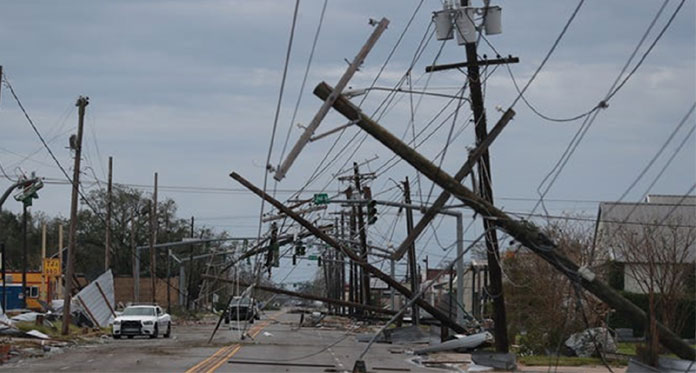BELIZE CITY, Mon. Nov. 30, 2020– After a number of close calls and only one minor hurricane impact in southern Belize, the country breathes a sigh of relief today, Monday, November 30, as it officially marks the end of the 2020 Atlantic Basin Hurricane Season.
According to a press release today from the National Meteorological Service of Belize, headquartered at the Philip Goldson International Airport, “the Atlantic Basin Hurricane Season officially runs from June 1 to November 30 each year, and covers tropical cyclone activity spanning the North Atlantic Ocean, the Caribbean Sea and the Gulf of Mexico.”
Nevertheless, especially after this year’s extremely active season, the release advises us to stay alert, because “history teaches us that systems do form outside of the season.” Also, we should all take this time to review our 2020 hurricane plan and identify weaknesses and shortfalls, so that we can be better prepared for the 2021 season.
The 2020 hurricane season, in this time of Global Warming, and also with the occurrence of a La Nina event in the latter part of this season, was forecasted to be a very active one; and indeed, it was not only extremely active, but turned out to be a record-breaking season, with 30 named storms, 13 of which became hurricanes, and 6 becoming major hurricanes — reaching category 3 (at least 111 mph sustained winds) or higher on the Saffir-Simpson Hurricane Wind Scale. By comparison, the previous 2019 hurricane season had 18 named storms, 6 of which became hurricanes, and 3 becoming major hurricanes. An average season in the Atlantic Basin calls for 12 named storms, 6 hurricanes, and 2 major hurricanes.
Of the thirty systems that formed during this season, Belize was affected by four, with only one of them, Nana, actually making direct landfall, over southern Belize as a category 1 hurricane on the night of Wednesday, September 2. Prior to Nana, Belize was impacted by Eastern Pacific Tropical Storm Amanda, which crossed Central America into the Gulf of Mexico and was renamed as Atlantic Basin Tropical Storm Cristobal. This system dumped heavy rainfall across the country, which resulted in some flooding. Later in the season, Belize also suffered some indirect effects from two major hurricanes, Eta and Iota, which did not make direct landfall in Belize, but produced very heavy and continuous rainfall that resulted in severe flooding over the country.
Some parts of the country, especially the Belize River Valley area, are still suffering from major flooding resulting from the aforementioned systems, but Belizeans are still thankful that we were spared the level of impact sustained by our less fortunate Central American neighbors or the residents along the Gulf Coast of the United States, which was ravaged by a record number of 12 storms this year, the previous record of 9 being set way back in 2016.
And it may not be over yet.
As Doyle Rice of USA Today reported today:
“Although the official end of the hurricane season is Monday, storms can form in December. Meteorologists at the National Hurricane Center monitored a low-pressure area Sunday in the far eastern Atlantic Ocean for possible subtropical development. If the area becomes a named storm, it would be called Kappa, the 31st named storm of the season.”

